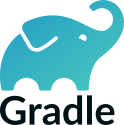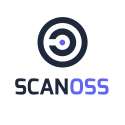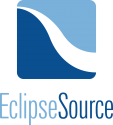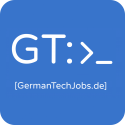Are you planning to build a domain-specific (modeling) tool in a modern web-based technology stack? Are you wondering which latest and greatest technologies to use and how to integrate them to optimize operational costs in cloud environments? Well, we did…
In recent years, the emergence of excellent open-source components has facilitated the rapid migration of modeling tools to web-based technology stacks. While those enable extensive reuse of traditional technologies, such as EMF, and existing modeling tool implementations, they often come with compromises. These compromises include a mixed developer experience combining Typescript and Java, as well as inflexibility in deployment architectures, leading to high maintenance and high operational costs in cloud environments.
In this talk, we explore and demonstrate a novel architecture for domain-specific tools that takes no compromises and no legacy components from the desktop. This architecture integrates second generation open source technologies for web-based tools such as a pioneering TypeScript-based model management framework, Langium, the new Node-based Eclipse GLSP and more. With that, developers can enjoy a homogeneous TypeScript experience across all components, alongside enhanced scalability and improved efficiency in utilizing cloud resources. In fact, it is even possible to run the entire modeling tool within the browser, eliminating the need for dedicated cloud infrastructure altogether.
We will demonstrate this architecture through a full-featured, open-source example modeling tool, which can serve as a blueprint for your own projects. Our presentation provides a comprehensive overview of the integrated technologies and their interplay. Moreover, we discuss best practices and the opportunities presented by this architecture for building cutting-edge modeling tools in the web-based tool era.
Join us as we explore the future of modeling tool development, leveraging the power of the latest versions of EMF Cloud, Langium, GLSP and other modern open-source technologies, while optimizing both operational costs and developer experience.

















